Do your kids seem to have extra big feelings sometimes? All the emotions and allllll the reactions??
What are we supposed to do in that very moment? We want to teach our kids emotional regulation. We want to use positive parenting tools. We want our kids to be safe but we also want them to chill the eff out. We want to hold our boundaries and not give into every little thing. We want to be loving and approachable. This list of wants could go on and on.
So what CAN we do in that moment- when our child is have a big reaction and big feelings?
- Notice their feelings.
- Validate their feelings.
- Provide connection and the opportunity for emotional co-regulation.
- Give choices for things that they might like for emotional self regulation.
- Follow up when everyone is calm with a plan for what behavior to do next time this happens.
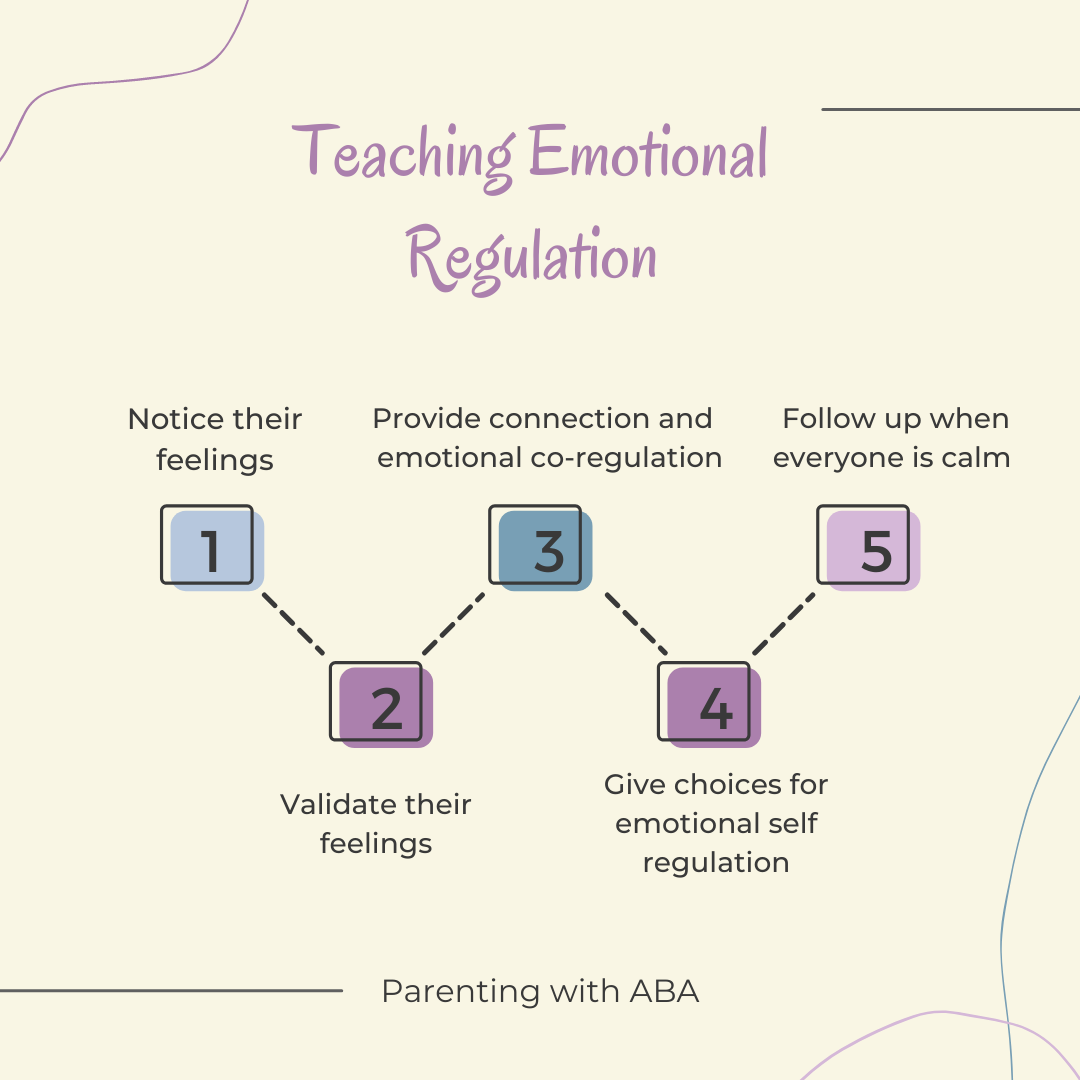
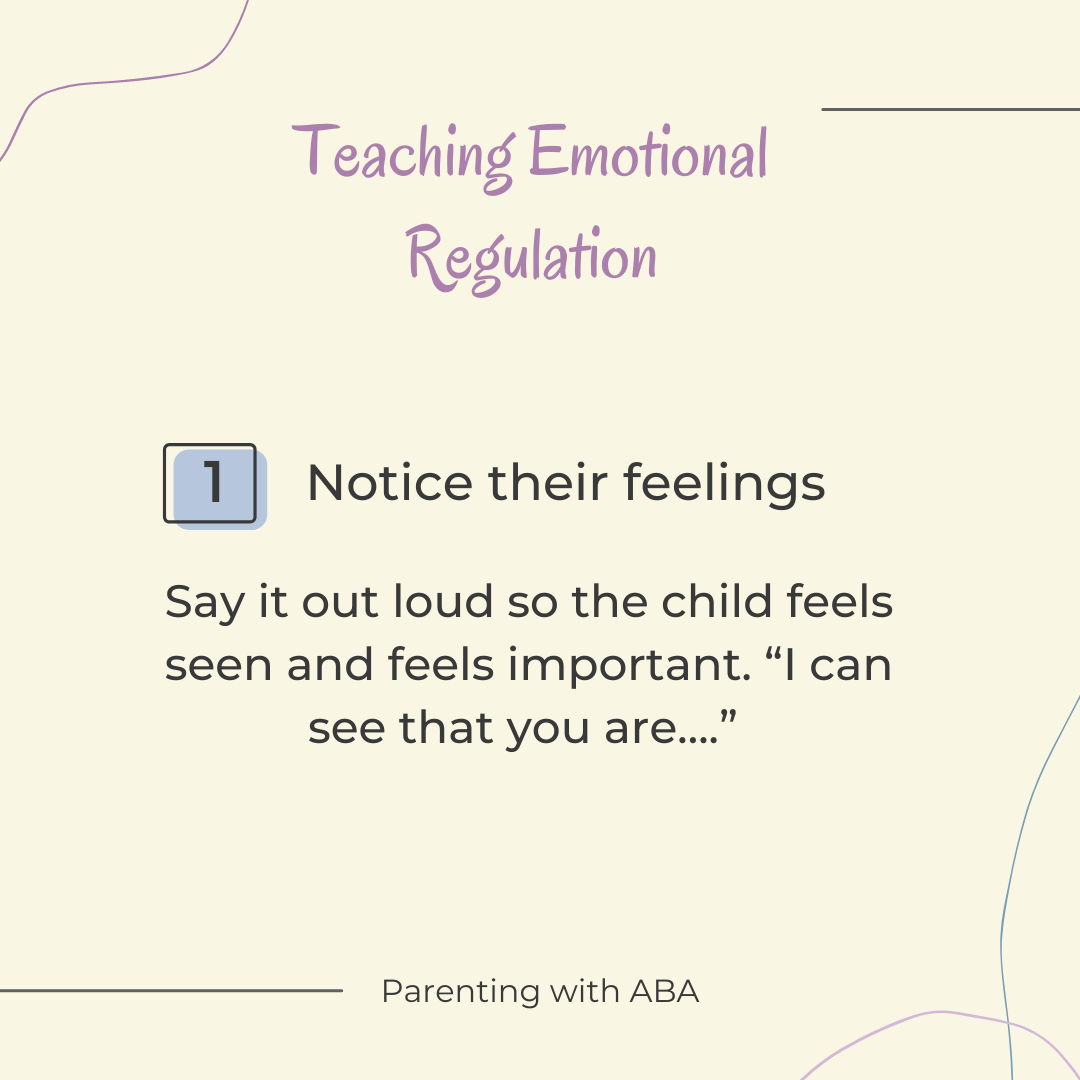
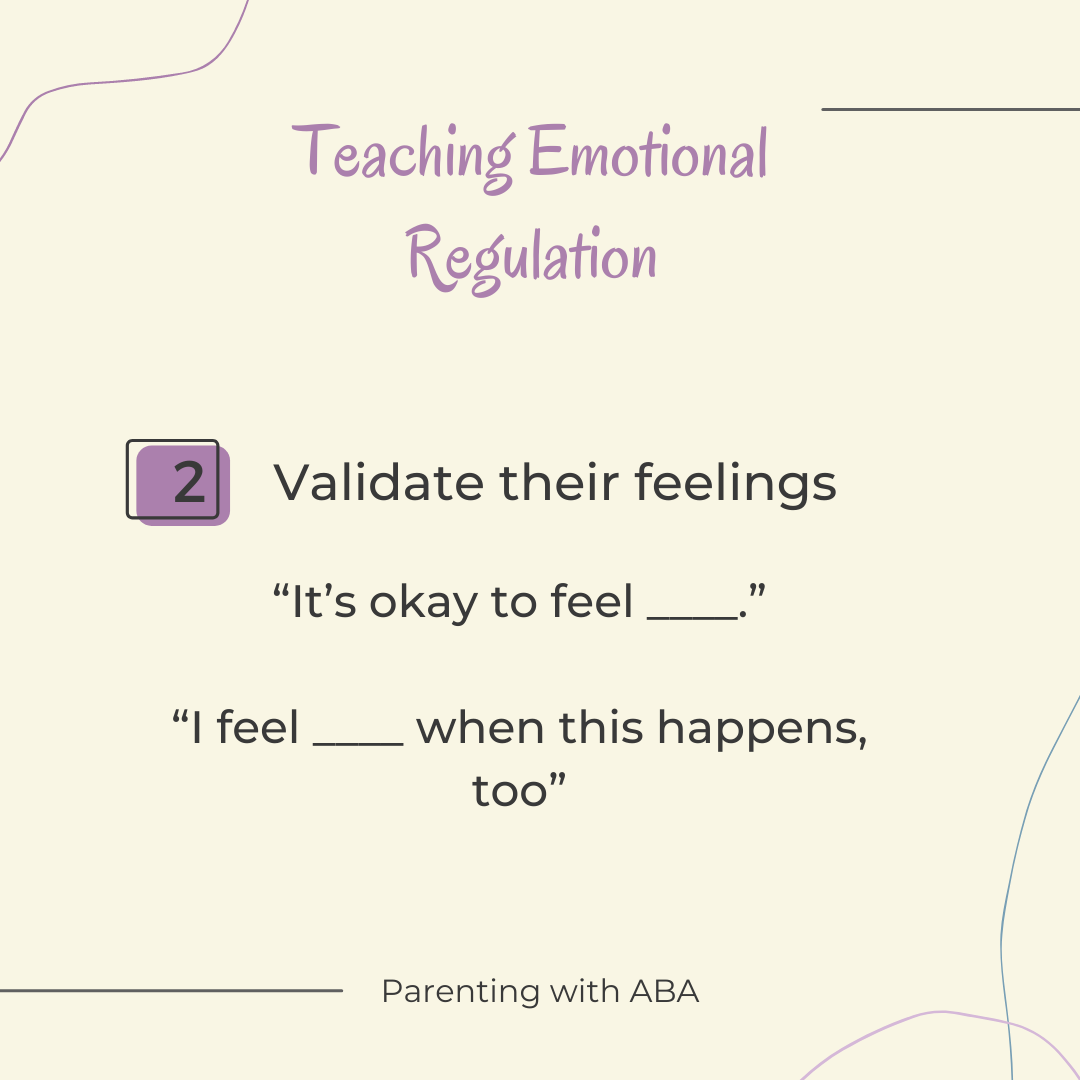
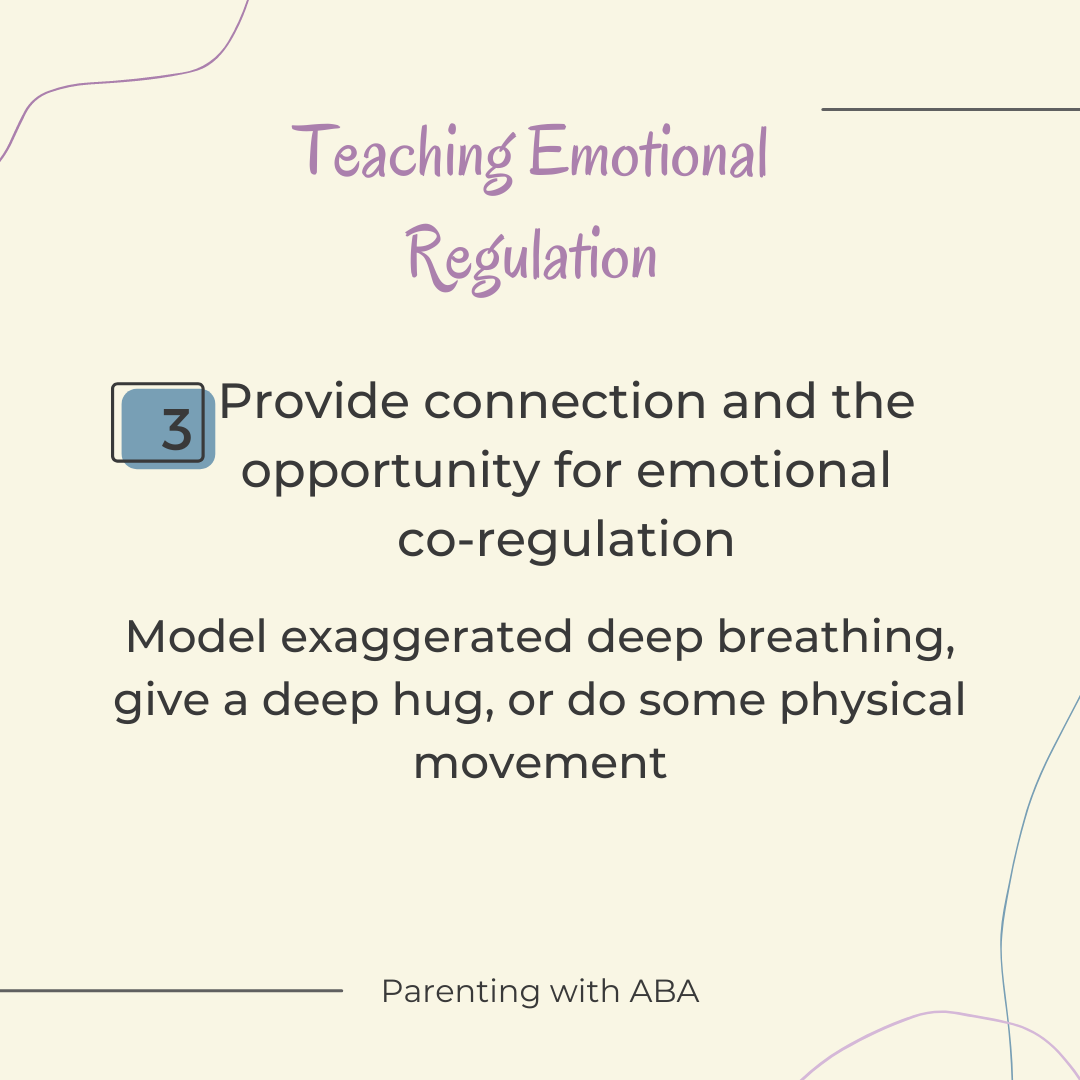
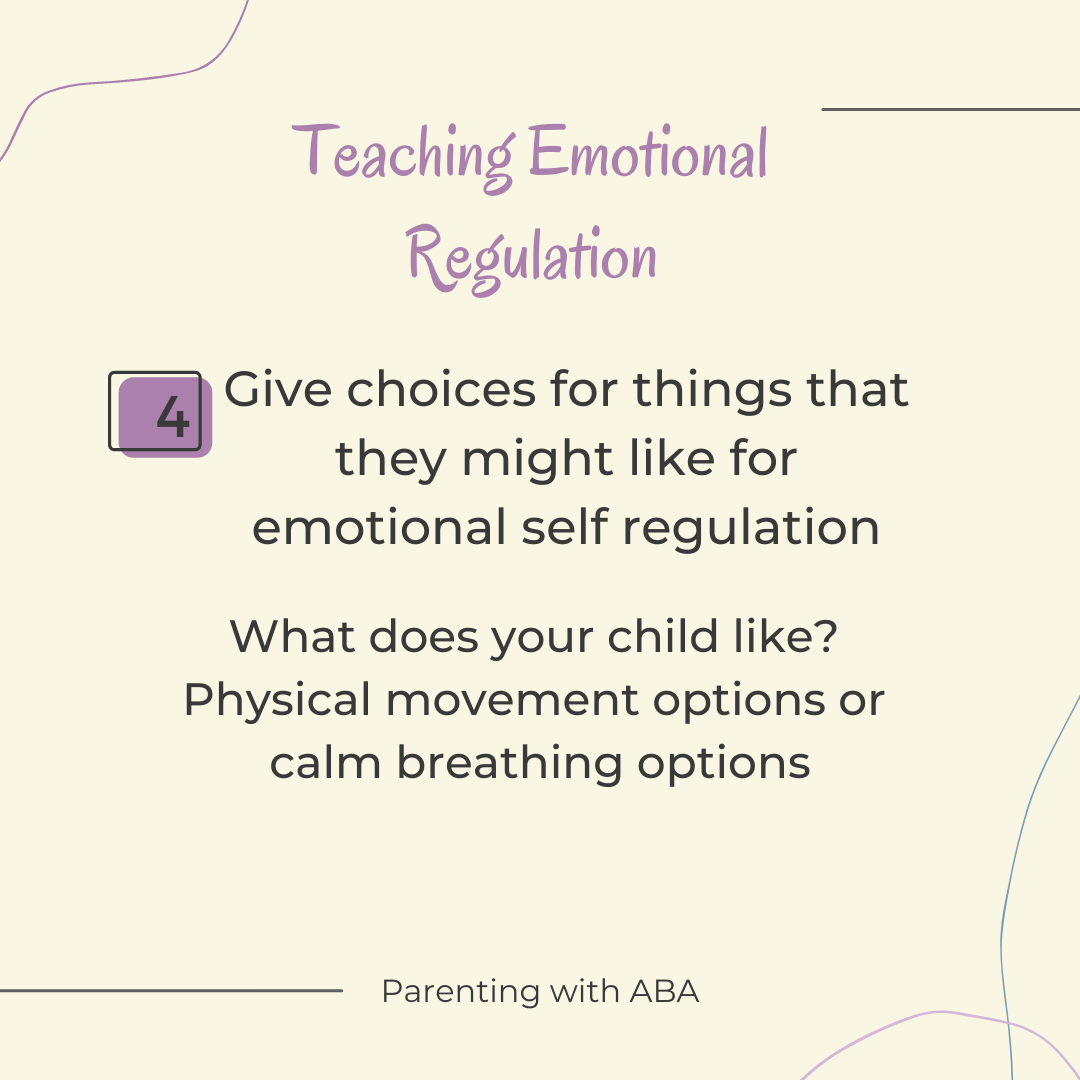
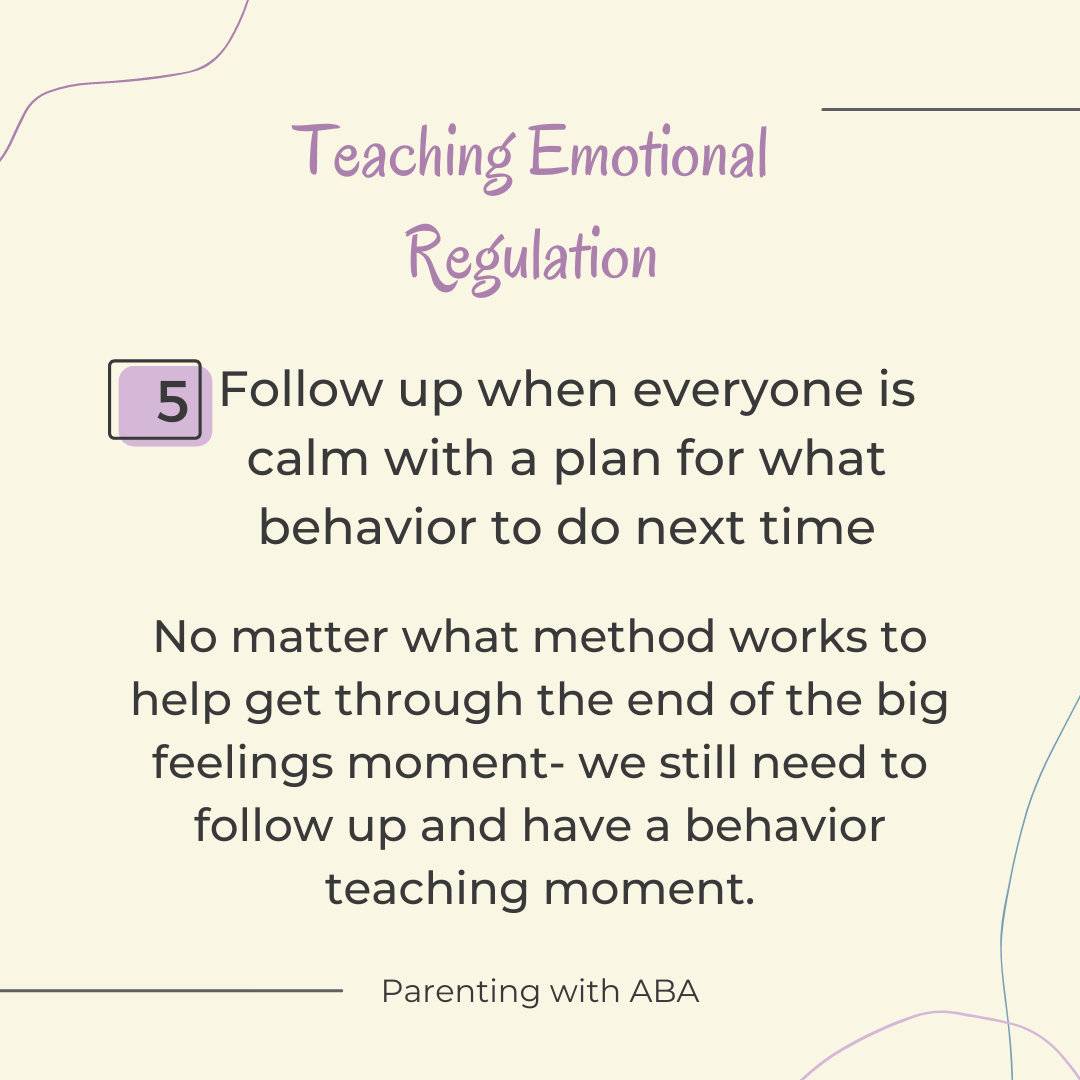
Start with noticing their feelings. Say it out loud so the child feels seen and feels important. “I can see that you are….” According to psychology research, just giving an emotion a name can calm our limbic system. Dr. Daniel Siegel coined the phrase “Name it to tame it” describing the reaction that our nervous system has from just this simple act of recognizing and identifying our own emotional state. By you noticing and naming your child’s feeling, you are teaching this to them starting at a young age. Naming an emotion allows us to pause and use our breath to help calm our physiology, taking us from a fight-or-flight state to one where the frontal lobe has a chance to kick into action and bring some sense to the situation that is spiking our blood pressure.
Pause. Sometimes this is all our kids need. Just to be seen. If the situation goes on, move on to validating their feelings. “It’s okay to feel ____.” And maybe throw in a “I feel ____ when this happens, too” for good measure.
Pause. Sometimes that empathy and connection is all they need. If the situation continues, offer an opportunity for connection and co-regulation. This is a way for you to use calming tools along with them. Our kids are just that- kids. They need some support with these things. This can look like you modeling some exaggerated deep breathing, or giving a deep hug, or do some jumping jacks right there in the middle of the kitchen (or Target or wherever you are) if physical activity is one of your child’s regulation tools. Just model and hope your child joins in.
Pause. Maybe it’s over and we can get to the debrief once everyone is calm. If not, go on to provide choices of what your child can do right in that moment for emotional self-regulation. When I’m working with families in parent coaching, there are a few things we explore for their child- physical movement options vs calm breathing options. What does your child like? That whole body sensory need can be very real. Have you ever done something physical, like working out or going for a walk, to blow off some steam? Big gross motor movements can help your child regulate their emotions in the same way. So for giving choices- if this is something you are doing regularly, maybe make a choice board. This is a visual that shows some calming options that your child sometimes maybe occasionally does on their own. All you need is a piece of paper and crudely sketch out a picture of someone breathing deeply and someone running or jumping. Or do a google image search and make a simple visual calming strategy choice board. The choice is do you want movement or still? Use the language “What does your body need right now?”
Big picture perspective- we hope that this choice will become internal and as our children grow up they will have these options available to them as life continues to throw hard things at them. They’ll be ready to regulate their emotions because you taught them, modeled it, did it with them, and gave options to try different ways independently.
But no matter what method works to help get through the end of the big feelings moment- we still need to follow up and have a behavior teaching moment. Perhaps a household rule was broken- this is when consequences are discussed. When everyone is calm. No matter what the consequences, a plan needs to be made for next time. Next time the trigger happens, next time the big feelings happen, what behavior would be a better choice to handle that moment.
Here’s the steps again:
- Notice their feelings.
- Validate their feelings.
- Provide connection and the opportunity for emotional co-regulation.
- Give choices for things that they might like for emotional self regulation.
- Follow up when everyone is calm with a plan for what behavior to do next time this happens.
Pause after steps 1-3 because you might be able to just skip to 5. Don’t forget 5 though. We need to hold our boundaries in a loving way. “It’s okay to feel _____. It’s not okay to do this behavior ____. Next time what behavior can you do instead?”
I encourage you to not only try these steps but talking openly about your child with it. “Next time you are upset, what choices do you think might help you calm your body down?” Make the visual choice board or a list together. Offer new ideas like jumping jacks or push ups or running or whatever physical movement you can try. Use the wording “What does your body need right now?”
Try these steps with your own child. What works for them? What works for you? Give it a shot and let me know how it goes!
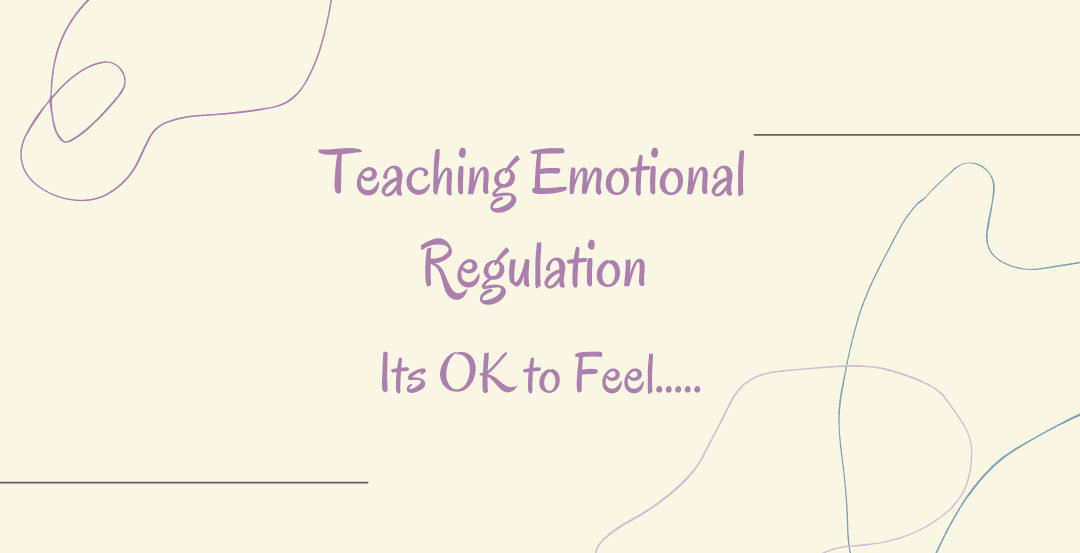
Recent Comments